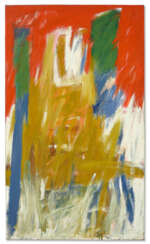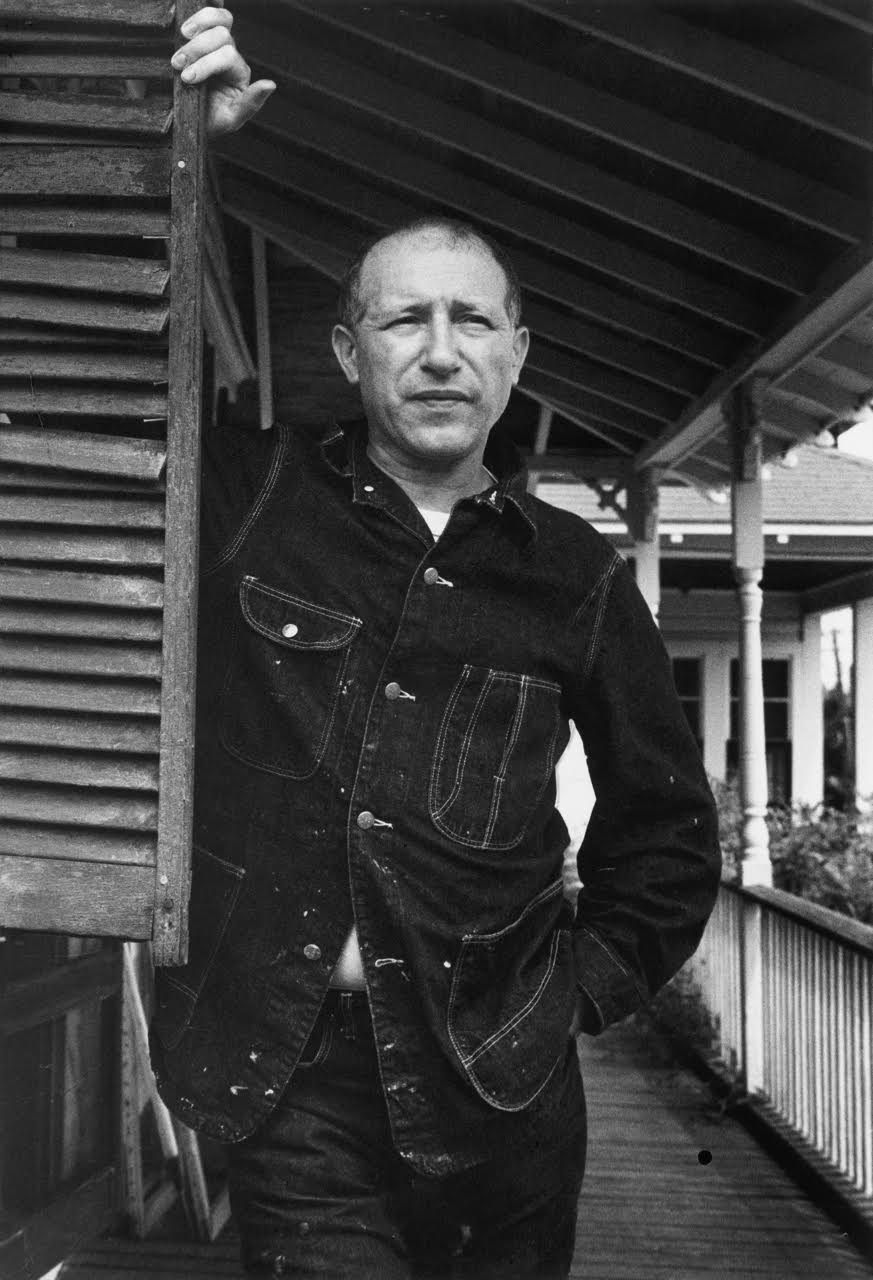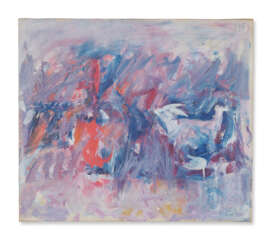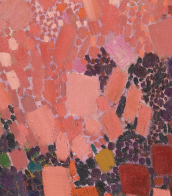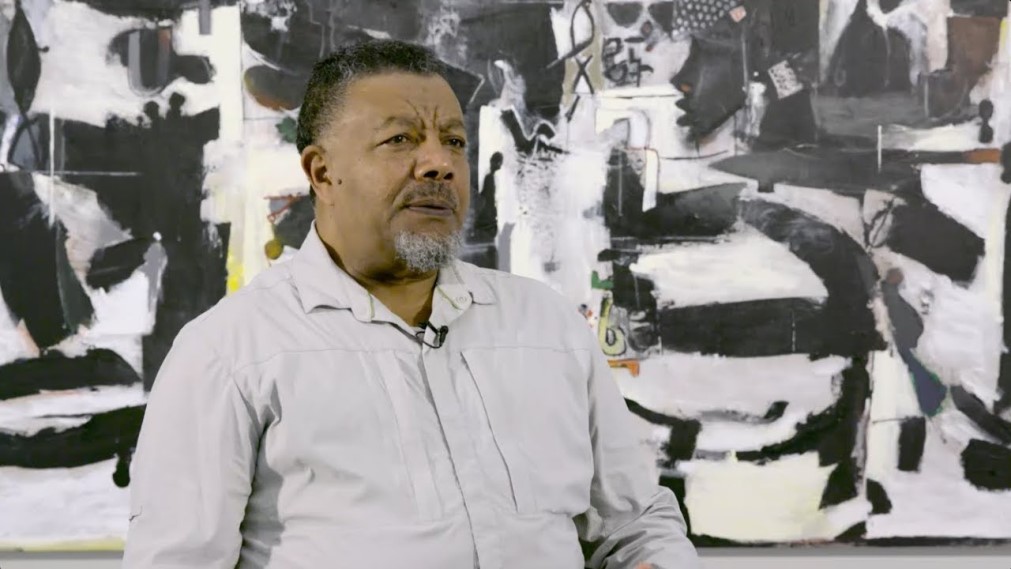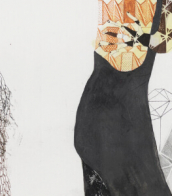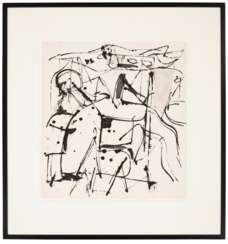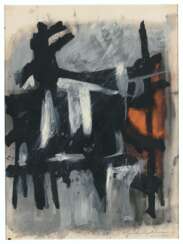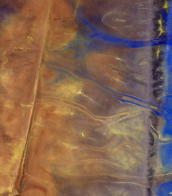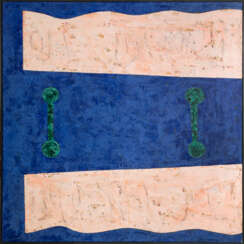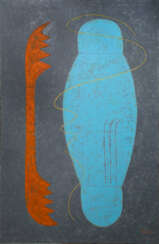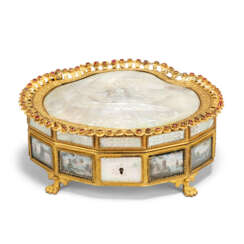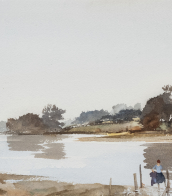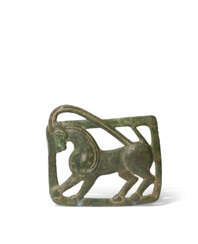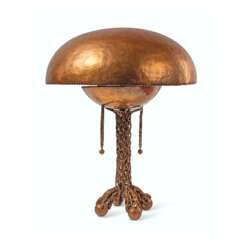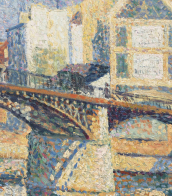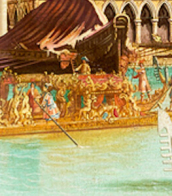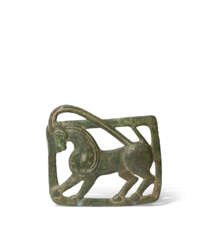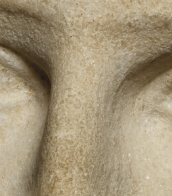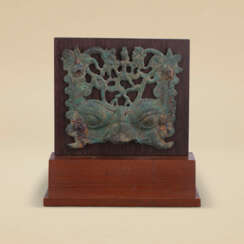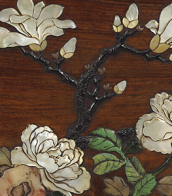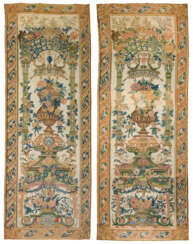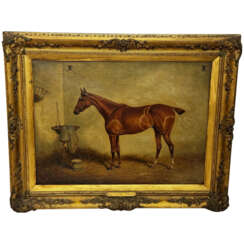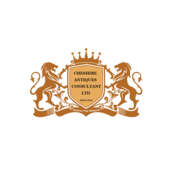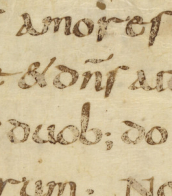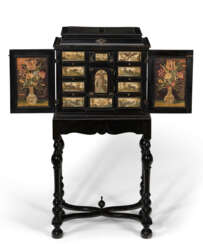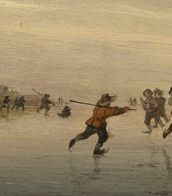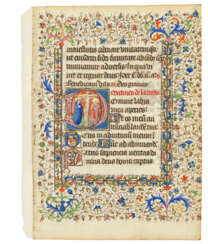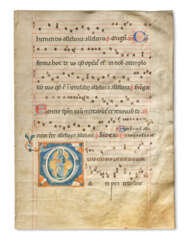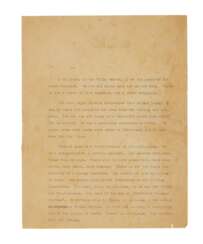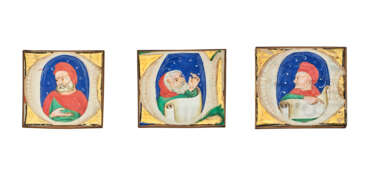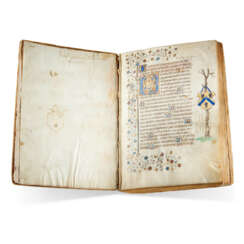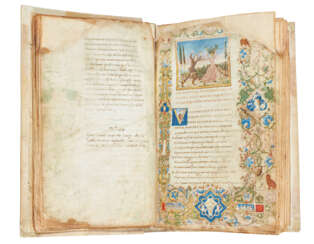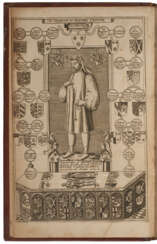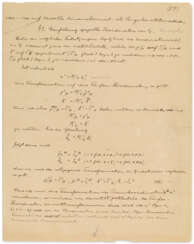work
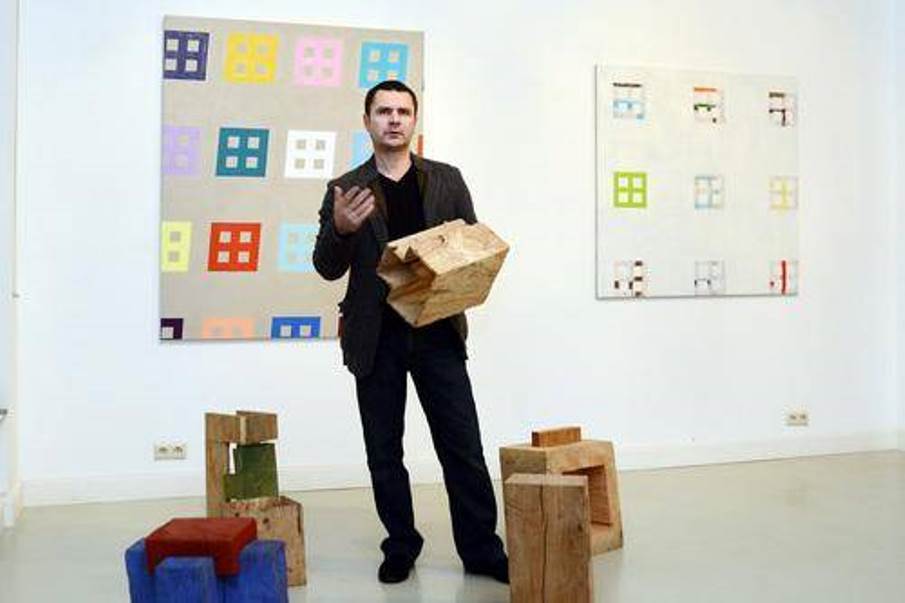
Edward Zoworka is a German artist.
He studied at the Düsseldorf Art Academy and is a university lecturer at FH Aachen.


Edward Zoworka is a German artist.
He studied at the Düsseldorf Art Academy and is a university lecturer at FH Aachen.


Edward Zoworka is a German artist.
He studied at the Düsseldorf Art Academy and is a university lecturer at FH Aachen.

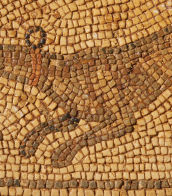
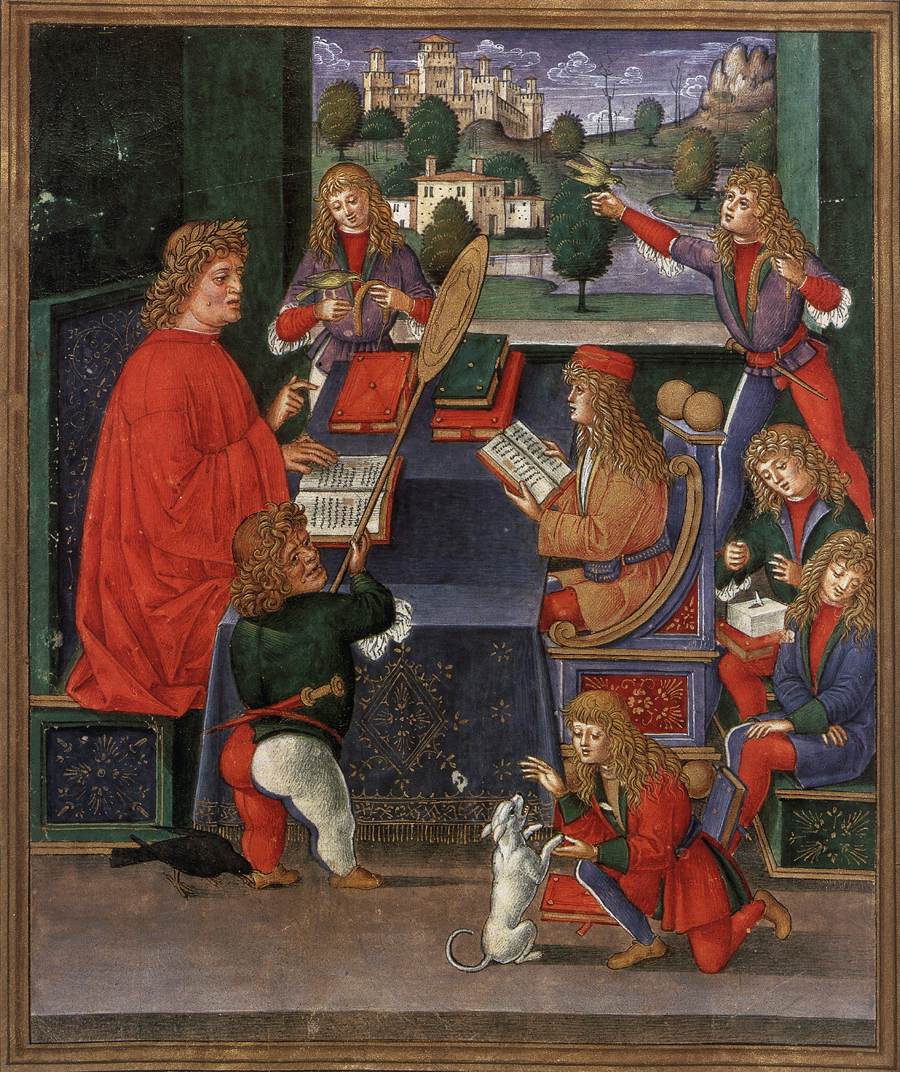
Giovanni Pietro Birago was an Italian painter, illuminator, and engraver for the Sforza court.
He worked from 1470 to 1513 in Brescia, Venice, and Milan, was a leading Milanese illustrator and was favored by the ducal court.

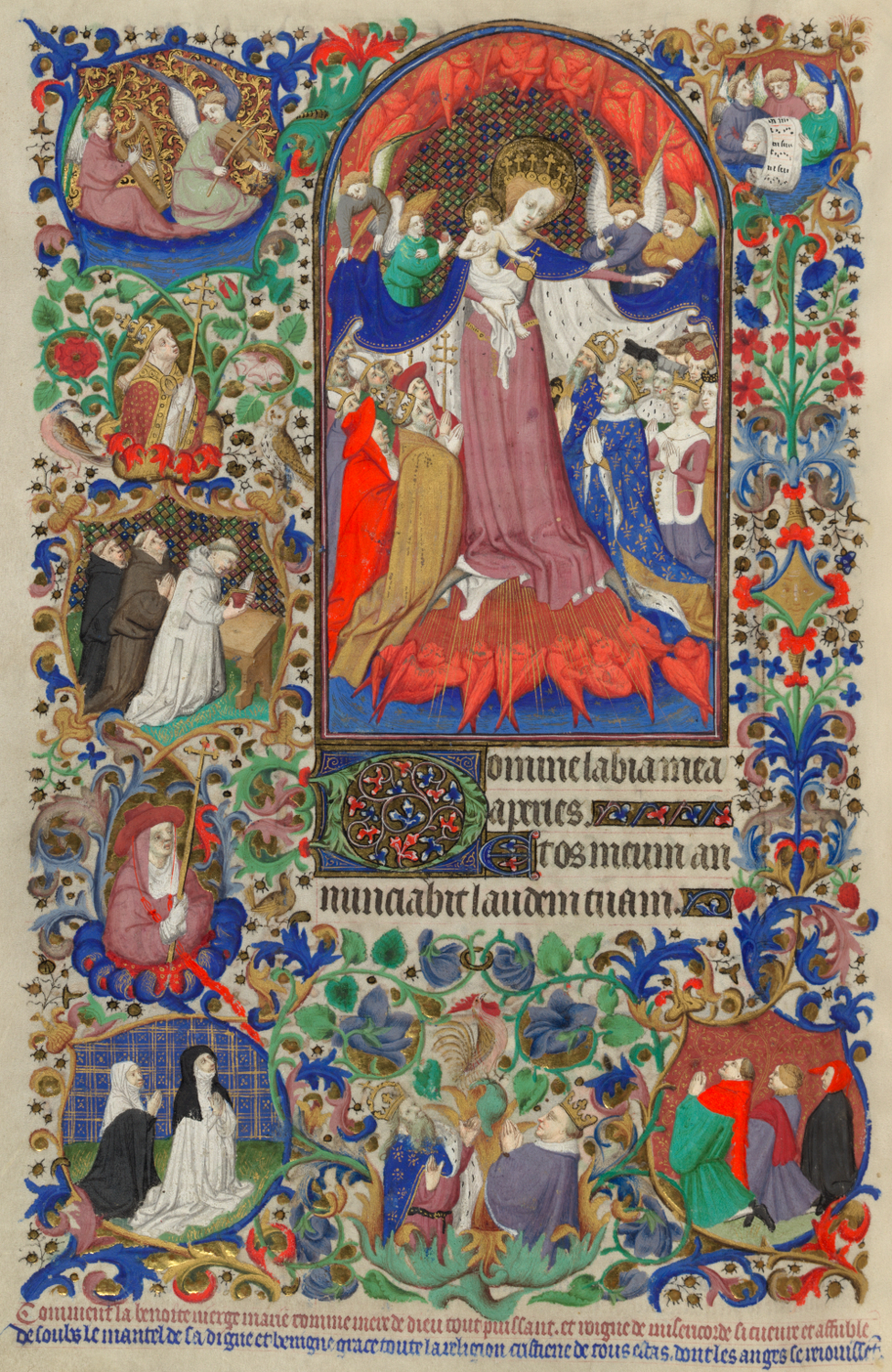
The Master of Bedford was a French miniaturist and manuscript illustrator.
This master of the chapbook worked in Paris from 1405-1435 and is considered one of the most important 15th-century illuminators. He ran an influential workshop in Paris. The artist received his name after his work on two books, which he decorated with illustrations for John Lancaster, Duke of Bedford. One of these, The Bedford Hours, is considered one of the most outstanding illuminated manuscripts extant from the medieval period, with numerous illustrations and extensive decoration, including more than 1,200 decorative medallions that appear in the margins of each page.

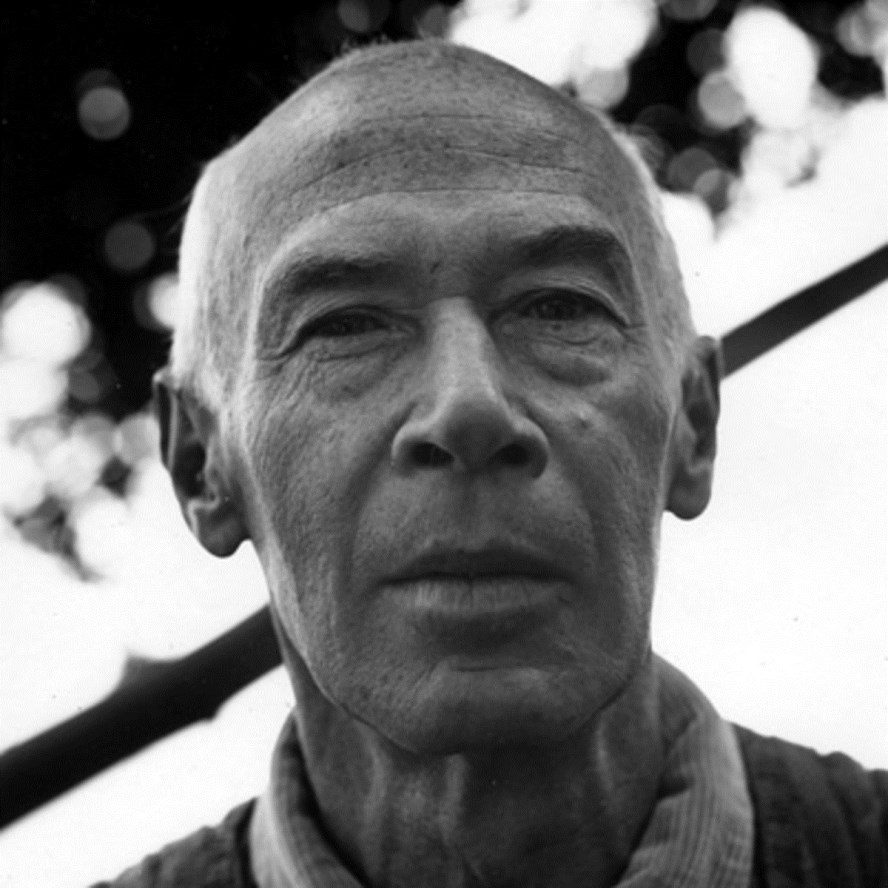

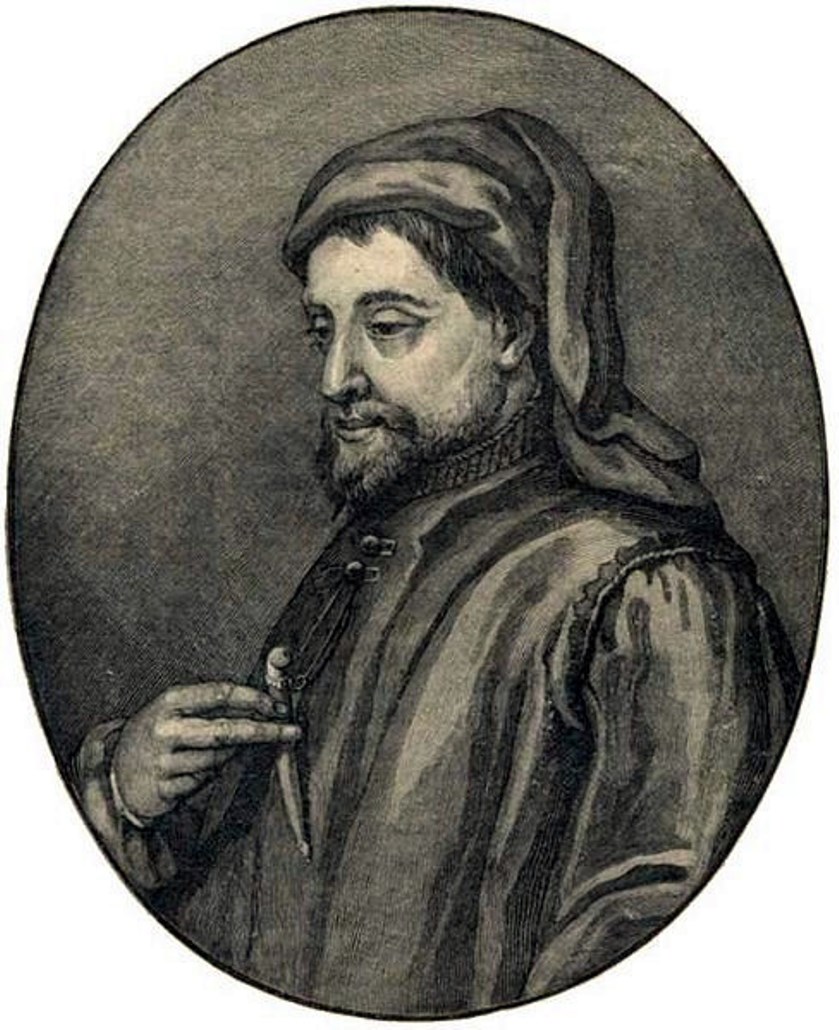
Geoffrey Chaucer was a medieval English poet and novelist, one of the founders of the literary English language.
Geoffrey Chaucer came from a wealthy family, in 1357 became a civil servant of Countess Elizabeth of Ulster and remained at the British court all his life. Later in his royal service, he traveled on diplomatic missions to France, Spain, and Italy. He made important contributions to the management of public affairs as a courtier, diplomat and civil servant. And very importantly, in these travels Chaucer was exposed to the works of Dante, Petrarch and Boccaccio, which later had a profound influence on his writing.
"The Canterbury Tales" became Geoffrey Chaucer's most famous and recognized work, although this voluminous work remained unfinished. He also wrote the popular science treatise "A Treatise on the Astrolabe", the historical poems "Troilus and Criseyde" and "Legends of Glorious Women", and many poems.
Geoffrey Chaucer is called the forerunner of the literature of the English Renaissance. He was the first to write works in his native language instead of Latin, for which he earned the title of "father of English poetry." Chaucer was buried in Westminster Abbey, and his grave became the first in the so-called "Poet's Corner", where Charles Dickens, Rudyard Kipling and Alfred Tennyson were later buried.


Albert Einstein was a German-born theoretical physicist, widely acknowledged to be one of the greatest and most influential physicists of all time. Einstein is best known for developing the theory of relativity, but he also made important contributions to the development of the theory of quantum mechanics. Relativity and quantum mechanics are together the two pillars of modern physics. His mass–energy equivalence formula E = mc2, which arises from relativity theory, has been dubbed "the world's most famous equation". His work is also known for its influence on the philosophy of science. He received the 1921 Nobel Prize in Physics "for his services to theoretical physics, and especially for his discovery of the law of the photoelectric effect", a pivotal step in the development of quantum theory. His intellectual achievements and originality resulted in "Einstein" becoming synonymous with "genius".

